三戊胺 ,Triamylamine ,98%
产品编号:SIGMA-472034| CAS NO:621-77-2| 分子式:C15H33N| 分子量:227.4292
本网站销售的所有产品仅用于工业应用或者科学研究等非医疗目的,不可用于人类或动物的临床诊断或者治疗,非药用,非食用,
| 产品名称 | 三戊胺 |
|---|---|
| 英文名称 | Triamylamine |
| CAS编号 | 621-77-2 |
| 产品沸点 | 242.5±0.0 °C at 760 mmHg |
| 产品密度 | 0.8±0.1 g/cm3 |
| 产品闪点 | 97.8±0.0 °C |
| 精确质量 | 227.261307 |
| PSA | 3.24000 |
| LogP | 6.44 |
| 外观性状 | 透明至黄色液体 |
| 蒸气压 | 0.0±0.4 mmHg at 25°C |
| 折射率 | 1.444 |
| 稳定性 | 远离强氧化剂,强酸。具有叔胺的化学性质。加热时能溶解石蜡、巴西棕榈蜡,但冷却时固化。 |
| 储存条件 | 存放在密封容器内,并放在阴凉,干燥处。 |
相关文档
化学品安全说明书(MSDS)
下载MSDS质检证书(COA)
相关产品
| 符号 |
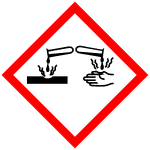

GHS05, GHS07 |
|---|---|
| 信号词 | Danger |
| 危害声明 | H302-H314 |
| 警示性声明 | P280-P305 + P351 + P338-P310 |
| 个人防护装备 | Faceshields;full-face respirator (US);Gloves;Goggles;multi-purpose combination respirator cartridge (US);type ABEK (EN14387) respirator filter |
| 危害码 (欧洲) | Xi,C |
| 风险声明 (欧洲) | R36/37/38 |
| 安全声明 (欧洲) | S26-S36-S45-S36/37/39 |
| 危险品运输编码 | UN 2735 8/PG 2 |
| WGK德国 | 3 |
| 包装等级 | III |
| 危险类别 | 8 |
| 海关编码 | 2921199090 |
Synonym:Tri-n-amylamine Section 2 - COMPOSITION, INFORMATION ON INGREDIENTS
Risk Phrases: None Listed. Section 3 - HAZARDS IDENTIFICATION EMERGENCY OVERVIEW
Not available. Potential Health Effects Eye: Causes eye burns. Low vapor concentrations may cause a temporary visual disturbance known as 'blue haze' or 'halo vision'. Skin: Harmful if absorbed through the skin. Causes skin burns. Causes symptoms similar to those of inhalation. Amines have been known to cause skin irritation and sensitization. Ingestion: May cause severe irritation of the digestive tract. Ingestion may cause headache, nausea, and vomiting. Inhalation: Causes respiratory tract irritation. May cause pulmonary edema and severe respiratory disturbances. May cause central nervous system effects such as nausea and headache. Chronic: Chronic exposure may cause effects similar to those of acute exposure. Section 4 - FIRST AID MEASURES Eyes: Flush eyes with plenty of water for at least 15 minutes, occasionally lifting the upper and lower eyelids. Get medical aid. Skin: Get medical aid. Flush skin with plenty of water for at least 15 minutes while removing contaminated clothing and shoes. Ingestion: If victim is conscious and alert, give 2-4 cupfuls of milk or water. Never give anything by mouth to an unconscious person. Get medical aid. Inhalation: Remove from exposure and move to fresh air immediately. If not breathing, give artificial respiration. If breathing is difficult, give oxygen. Get medical aid. Notes to Physician: Section 5 - FIRE FIGHTING MEASURES General Information: As in any fire, wear a self-contained breathing apparatus in pressure-demand, MSHA/NIOSH (approved or equivalent), and full protective gear. Use water spray to keep fire-exposed containers cool. Combustible liquid and vapor. Approach fire from upwind to avoid hazardous vapors and toxic decomposition products. Extinguishing Media: Water or foam may cause frothing. Use water spray, dry chemical, carbon dioxide, or chemical foam. Section 6 - ACCIDENTAL RELEASE MEASURES General Information: Use proper personal protective equipment as indicated in Section 8. Spills/Leaks: Absorb spill with inert material (e.g. vermiculite, sand or earth), then place in suitable container. Remove all sources of ignition. Provide ventilation. Section 7 - HANDLING and STORAGE Handling: Wash thoroughly after handling. Remove contaminated clothing and wash before reuse. Use with adequate ventilation. Do not get in eyes, on skin, or on clothing. Keep container tightly closed. Keep away from heat and flame. Do not breathe vapor or mist. Storage: Keep away from sources of ignition. Store in a cool, dry place. Store in a tightly closed container. Section 8 - EXPOSURE CONTROLS, PERSONAL PROTECTION Engineering Controls: Facilities storing or utilizing this material should be equipped with an eyewash facility and a safety shower. Use process enclosure, local exhaust ventilation, or other engineering controls to control airborne levels. Use a corrosion-resistant ventilation system. Exposure Limits CAS# 621-77-2: Personal Protective Equipment Eyes: Wear chemical splash goggles. Skin: Wear appropriate protective gloves to prevent skin exposure. Clothing: Wear appropriate protective clothing to prevent skin exposure. Respirators: Follow the OSHA respirator regulations found in 29 CFR 1910.134 or European Standard EN 149. Use a NIOSH/MSHA or European Standard EN 149 approved respirator if exposure limits are exceeded or if irritation or other symptoms are experienced. Section 9 - PHYSICAL AND CHEMICAL PROPERTIES Physical State: Liquid Color: clear, colorless to pale yellow Odor: ammonia-like pH: Not available. Vapor Pressure: 0.03 mm Hg @ 20 deg C Viscosity: Not available. Boiling Point: 240 deg C @ 760 mm Hg Freezing/Melting Point: Not available. Autoignition Temperature: Not available. Flash Point: 91 deg C ( 195.80 deg F) Explosion Limits, lower: Not available. Explosion Limits, upper: Not available. Decomposition Temperature: Solubility in water: slightly soluble in water Specific Gravity/Density: 0.7907 Molecular Formula: C15H33N Molecular Weight: 227.43 Section 10 - STABILITY AND REACTIVITY Chemical Stability: Stable under normal temperatures and pressures. Amines absorb carbon dioxide from the air to form carbamate salts. Conditions to Avoid: Ignition sources, excess heat, Many amines are corrosive to copper, copper alloys (e.g. brass), aluminum, zinc, zinc alloys, galvanized surfaces.. Incompatibilities with Other Materials: Strong oxidizing agents, strong acids, acid chlorides, acid anhydrides. Hazardous Decomposition Products: Carbon monoxide, oxides of nitrogen, carbon dioxide. Hazardous Polymerization: Will not occur. Section 11 - TOXICOLOGICAL INFORMATION RTECS#: CAS# 621-77-2 unlisted. LD50/LC50: Not available. Carcinogenicity: Tripentylamine - Not listed by ACGIH, IARC, or NTP. Section 12 - ECOLOGICAL INFORMATION Section 13 - DISPOSAL CONSIDERATIONS Dispose of in a manner consistent with federal, state, and local regulations. Section 14 - TRANSPORT INFORMATION IATA Shipping Name: AMINES, LIQUID, CORROSIVE, N.O.S.* Hazard Class: 8 UN Number: 2735 Packing Group: III IMO Shipping Name: AMINES, LIQUID, CORROSIVE, N.O.S. Hazard Class: 8 UN Number: 2735 Packing Group: III RID/ADR Shipping Name: AMINES, LIQUID, CORROSIVE, N.O.S. Hazard Class: 8 UN Number: 2735 Packing group: III Section 15 - REGULATORY INFORMATION European/International Regulations European Labeling in Accordance with EC Directives Hazard Symbols: XI Risk Phrases: Safety Phrases: WGK (Water Danger/Protection) CAS# 621-77-2: No information available. Canada CAS# 621-77-2 is listed on Canada's DSL List. CAS# 621-77-2 is not listed on Canada's Ingredient Disclosure List. US FEDERAL TSCA CAS# 621-77-2 is listed on the TSCA inventory. SECTION 16 - ADDITIONAL INFORMATION N/A |
| 上游产品 6 | |
|---|---|
| 下游产品 7 | |

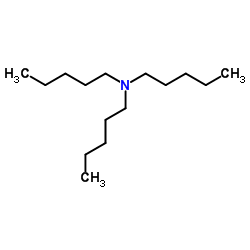
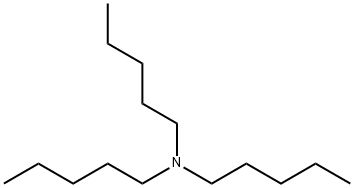
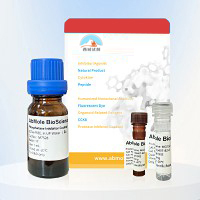
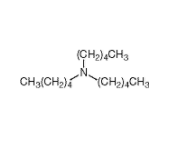


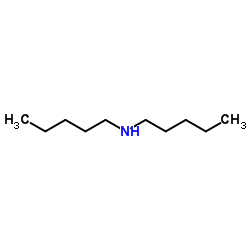


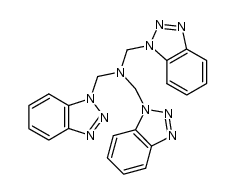

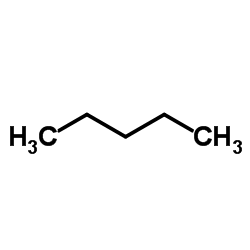


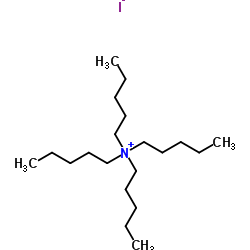
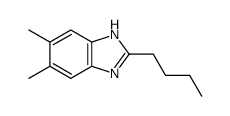





 浙公网安备 33010802013016号
浙公网安备 33010802013016号